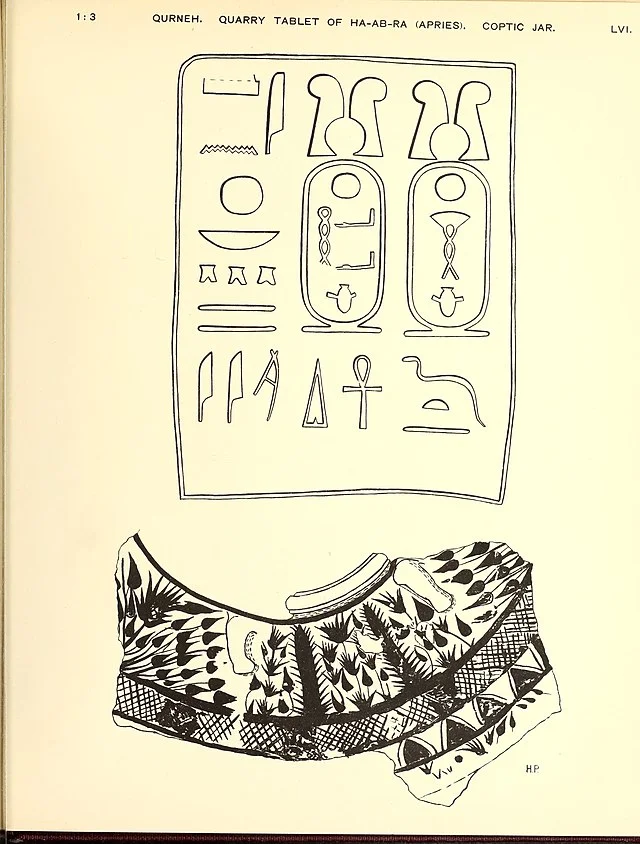The Pyramid of Naqada is an ancient Egyptian structure located near the city of Naqada in Upper Egypt. This pyramid dates back to the late 3rd Dynasty, around 2650 BC. It is significant as it represents one of the earliest examples of pyramid construction in ancient Egypt.
Get your dose of History via Email
Historical Context
The pyramid was built during a period of significant political and cultural development in Egypt. The 3rd Dynasty saw the consolidation of royal power and the establishment of a centralized state. Pharaohs of this era aimed to enhance their divine status through monumental architecture.
Structure and Design
The Pyramid of Naqada follows the traditional design of early pyramids. It has a square base and sloping sides. The structure measures approximately 40 meters on each side. Unlike later pyramids, it lacks the smooth outer casing.
The pyramid is composed of limestone and mudbrick. This combination was common in early Egyptian architecture. It reflects the transitional phase from simple mastaba tombs to more complex pyramid structures.
Archaeological Discoveries
Archaeologists have uncovered various artifacts at the site. These include pottery, jewelry, and tools. The findings indicate that the pyramid served as a royal tomb. The artifacts suggest a connection to the elite class of the time.
The burial practices associated with the pyramid reveal much about ancient Egyptian beliefs. The presence of grave goods indicates a belief in an afterlife. Egyptians buried items with the dead to ensure comfort in the next world.
Significance of the Pyramid
The Pyramid of Naqada holds great significance in the study of ancient Egyptian architecture. It represents an important step in the evolution of pyramid construction. This pyramid demonstrates the transition from earlier burial practices to the grandiose monuments of later dynasties.
Additionally, it provides insights into the social and political climate of the time. The construction of such a structure required significant resources and labor. This indicates a well-organized society capable of mobilizing these resources.
Conclusion
In summary, the Pyramid of Naqada is a vital part of ancient Egyptian history. Its construction marks a significant development in the architectural landscape of the time. The archaeological findings continue to shed light on the cultural and social dynamics of early Egyptian civilization. Understanding this pyramid enhances our knowledge of the foundations of ancient Egyptian culture.
Source:

